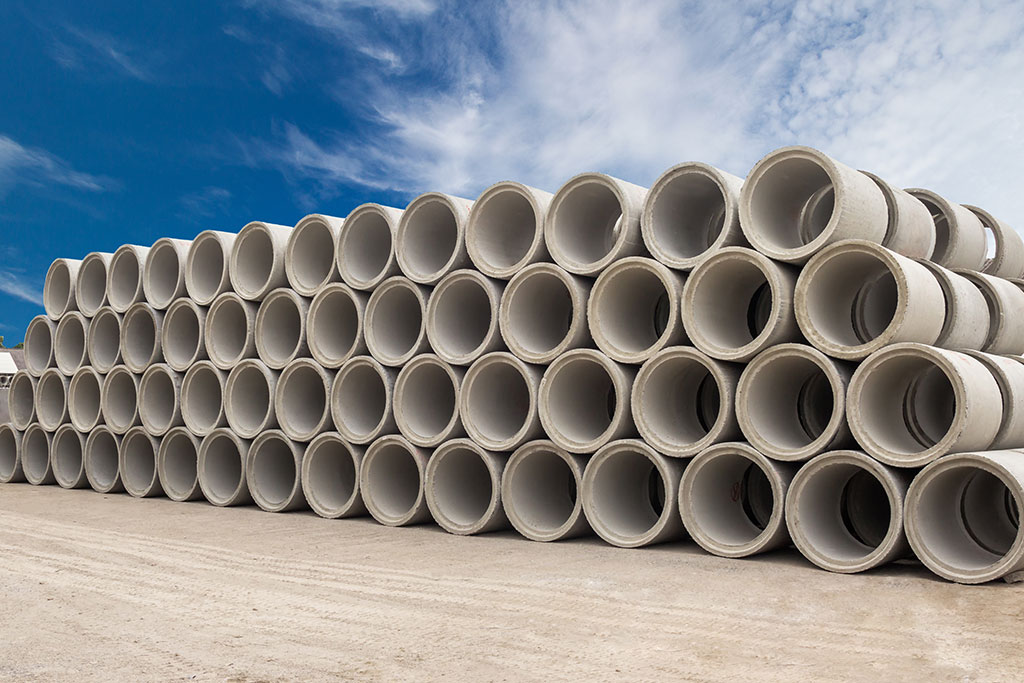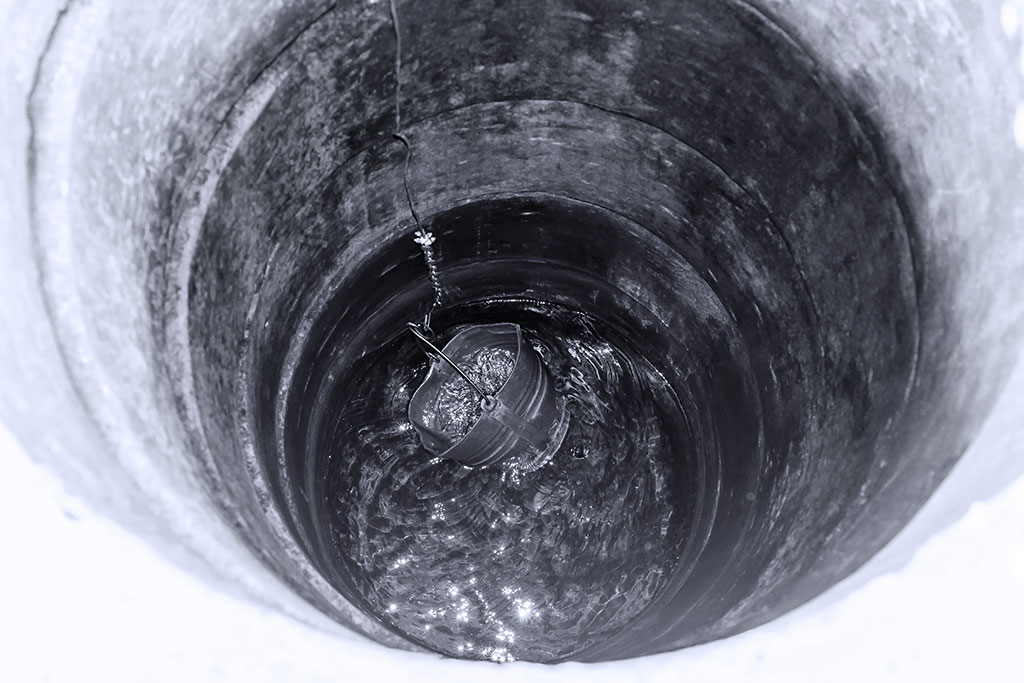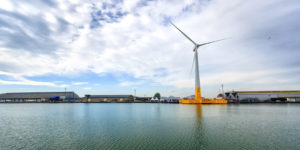The unique qualities of cement make it the perfect material to underpin drinking water and sanitation systems in rapidly expanding urban environments.
Urbanisation is sweeping the globe. In 2010, half of the world’s population was living in cities – that figure is expected to hit nearly 70 per cent by 2050.
This growth represents a major challenge for the water and sanitation needs of the developing world, where rapid urbanisation is stripping cities of their ability to provide adequate services to their citizens.
With cities across the developing world gaining an average of five million residents every month, this pressure is only set to increase. In Africa and Asia, for example, the urban population is expected to have doubled between 2000 and 2030, while worldwide it is estimated that around a billion people are currently living in slum conditions.
This is why global initiatives like the UN’s 17 sustainable development goals are increasingly important, highlighting the need to provide clean water and sanitation at the same time as building resilient infrastructure and sustainable, long-lasting cities.

(Photo via Pixabay)
As safe drinking water and sanitation systems are vital to healthy urban expansion, materials such as cement will have a vital role to play in developing these sustainable city environments. Indeed, cement has already been shown to improve conditions in developed countries such as the UK, which adopted Portland cement (the most common type in use today) in the mid 19th century.
As Cemex Director of Public Affairs & Communications, UK & EU, Martin Casey, says, “Cement was arguably the single biggest factor in ensuring that the UK and the West were able to make the leap forward in the Victorian era, [building infrastructure systems that] eradicated everyday diseases, which incapacitated or killed people, especially children.”
London’s sewage system, for example, was constructed in the late 19th century to combat the city’s public health epidemics, which had worsened due to its contaminated water supply. Engineers used Portland cement to strengthen the system’s tunnels, diverting waste away from the main city’s population.
Casey says the material, which when mixed together with water and sand and/or aggregates creates concrete, will be fundamental to building infrastructure that improves water and sanitation for those most in need, adding that “many of the water and sewerage systems built following the industrial revolution are still in use and working well today”.
Much like in the period following the industrial revolution, concrete is still low-cost, durable and low-maintenance, making it an ideal sustainable option for developing economies looking to improve their urban infrastructure.

(Photo via iStock) Concrete pipes are sanitary, low-cost and low-maintenance
Casey says: “Perhaps one of the other greatly undervalued properties of cement is that it is made from limestone or chalk, one of the most widely available natural minerals across the globe, which means that production can be local.”
Exploring the wider benefits of concrete as a material in infrastructure development, Institution of Civil Engineers Sustainability Leadership Team member Judith Sykes notes: “In many respects it is a brilliant material, it is adaptable and flexible. You can mould it and shape it and it has thermal properties.”
Concrete, of course, is 100 per cent recyclable too. Following the demolition or renovation of a structure, it can be crushed in order to form the dry aggregate element for a new concrete batch, which offers undoubted benefits in both developed and developing countries.
Unlike other materials, concrete needs no special treatments or coatings to be safe and suitable for storing and transmitting drinking water. This makes concrete an ideal material for constructing sanitation and water supply and storage infrastructure as it leaches no toxic materials at all.
Elsewhere, the material has durable properties, which could prove particularly useful to cities that are vulnerable to the impact of climate change or natural disasters – the majority of which are in the developing world.

(Photo via iStock) The durability of concrete wells and pipes makes them ideal for cities vulnerable to climate change and natural disaster impacts
According to the Global Climate Risk Index 2017, Honduras, Myanmar, Haiti, Nicaragua and the Philippines were the top five countries most affected by climate change over 1996-2015.
As Casey points out, “Another quality that you get for free with cement is its fire resistance. Overall, the need to ensure mitigation against climate change, and natural events such as floods, fires, hurricanes and tornadoes or earthquakes, makes concrete the natural sustainable material, and particularly relevant for developing nations such as many of those in Africa.”
Concrete can play a crucial sustainability role in cities, contributing to both water quality, sanitation and issues around land scarcity, making it an ideal solution for meeting today’s environmental challenges.
Clearly, cement-based products offer an efficient and viable solution for building long-lasting and resilient infrastructure that, once constructed, can help ease the pressures of this rapidly urbanising world.




